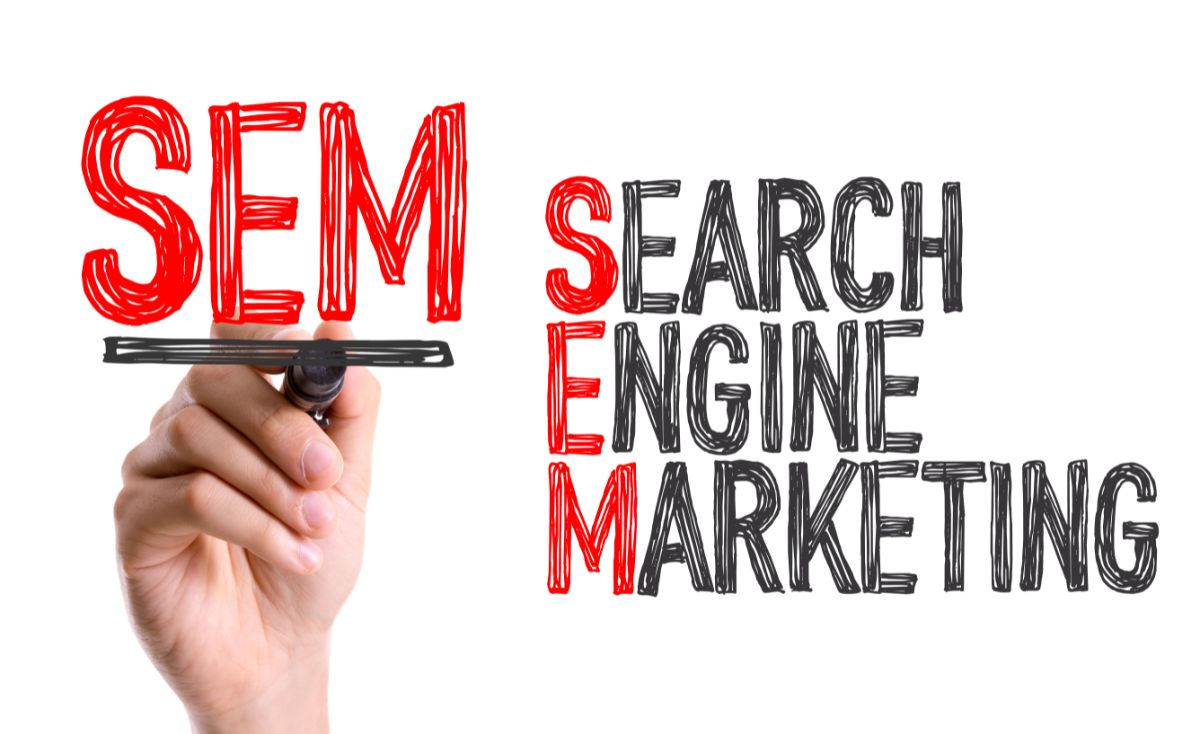Introduction
Search Engine Marketing (SEM) has emerged as an essential strategy for businesses looking to stand out in an increasingly competitive online landscape. For local dental practices, leveraging SEM with Google Ads can be particularly effective for reaching potential patients at the exact moment they’re seeking dental services. This article delves into the what, why, and how of SEM for dental practices.
What is SEM?
Search Engine Marketing (SEM) is a digital marketing strategy used to increase a website’s visibility in search engine results pages (SERPs). Unlike Search Engine Optimization (SEO), which focuses on organic search results, SEM primarily involves paid advertising. Google Ads is one of the most popular platforms for SEM.
Why SEM for Dental Practices?
- Immediate Results: While SEO takes time to show results, SEM can provide immediate visibility.
- Targeted Marketing: Google Ads allows you to target your audience based on various parameters like location, age, and search queries.
- Cost-Effectiveness: With Pay-Per-Click (PPC) models, you only pay when someone clicks on your ad, making it a cost-effective strategy.
- Enhanced Local Presence: Local search ads can make your dental practice highly visible to people searching for dental services in your area.
How to Do It Effectively
1. Keyword Research
The first step in setting up your SEM campaign is to identify the right keywords. Use tools like Google Keyword Planner to find terms that are relevant to your services and have high search volume.
2. Creating Ad Campaigns
Once you’ve identified your keywords, the next step is to create ad campaigns. Google Ads offers different types of campaigns like Search Network, Display Network, and Video. For dental practices, the Search Network is often the most effective.
3. Ad Copy and Landing Pages
Your ad copy should be compelling and directly speak to the needs of your potential patients. Similarly, the landing page where the ad leads should be relevant and contain a clear call-to-action (CTA).
4. Budget and Bidding
Set a budget that aligns with your marketing goals. Google Ads offers automated bidding options that can maximize returns on your ad spend.
5. Monitoring and Optimization
Regularly monitor your campaigns to see what’s working and what’s not. Google Ads provides robust analytics that can help you tweak your campaigns for better performance.
Conclusion
SEM, when done correctly, can provide a significant boost to your dental practice’s online visibility and patient acquisition. By understanding its nuances and employing a thoughtful strategy, you can make the most out of your Google Ads campaigns.
Legal Considerations
While SEM is a powerful tool, it’s essential to comply with regulations regarding healthcare advertising. Always ensure your ads and landing pages adhere to the Health Insurance Portability and Accountability Act (HIPAA) guidelines.





